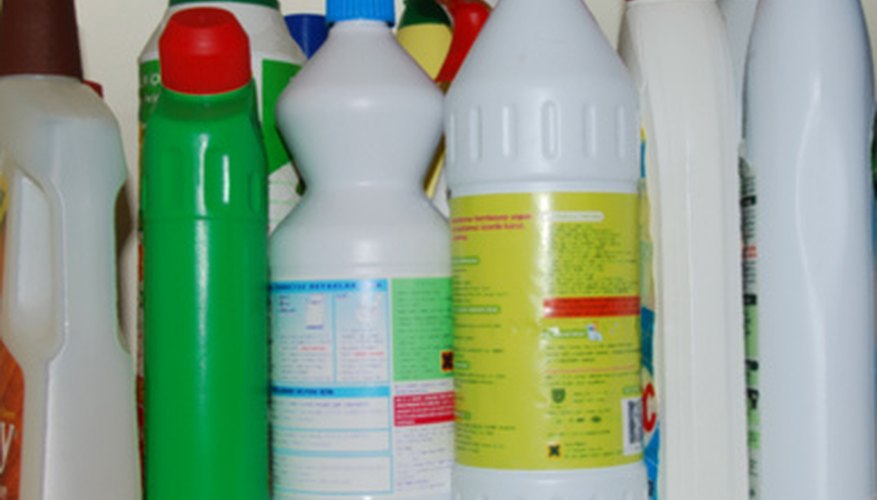Sandstone is a natural stone often used to cover floors, bathrooms and kitchen countertops. Homeowners like it because it is attractive and durable. But though those rock tiles look impervious, they are actually quite susceptible to stains. Natural rock is very porous. Spilt liquid like oil easily works its way into hard-to-reach openings in the rock. Luckily sandstone, which is largely composed of silica and quartz, is relatively easy to clean. Especially if you remove the oil soon after it spills.
- Sandstone is a natural stone often used to cover floors, bathrooms and kitchen countertops.
- But though those rock tiles look impervious, they are actually quite susceptible to stains.
Absorb the oil from fresh spills. Place a towel over the oil, and allow it to soak in the liquid. Do not attempt to wipe up the oil, which will merely push it into the sandstone where it is more likely to stain.
Sprinkle corn flour, baby powder or kitty litter (clay-based) over the oil to absorb any oil that has already soaked beneath the surface of the sandstone. Leave it for 15 minutes to allow it to absorb any moisture, and wipe it away with a damp towel.
- Absorb the oil from fresh spills.
- Sprinkle corn flour, baby powder or kitty litter (clay-based) over the oil to absorb any oil that has already soaked beneath the surface of the sandstone.
Scrub the stained area with a household detergent and a brush. Pour or spray any powder or liquid household detergent onto the area according to the manufacturer's instructions, and scrub using circular motions until the stain is gone.
Rinse the area clean. Spray outdoor areas with water from a hose. If the sandstone is indoors, use a wet towel to wipe the area until all of the residue is gone.
Repeat as necessary. It often takes more than one round to remove oil stains from sandstone.
TIP
Test any detergent you plan to use on a small, inconspicuous area of the sandstone. Avoid using highly acidic cleansers on sandstone.
